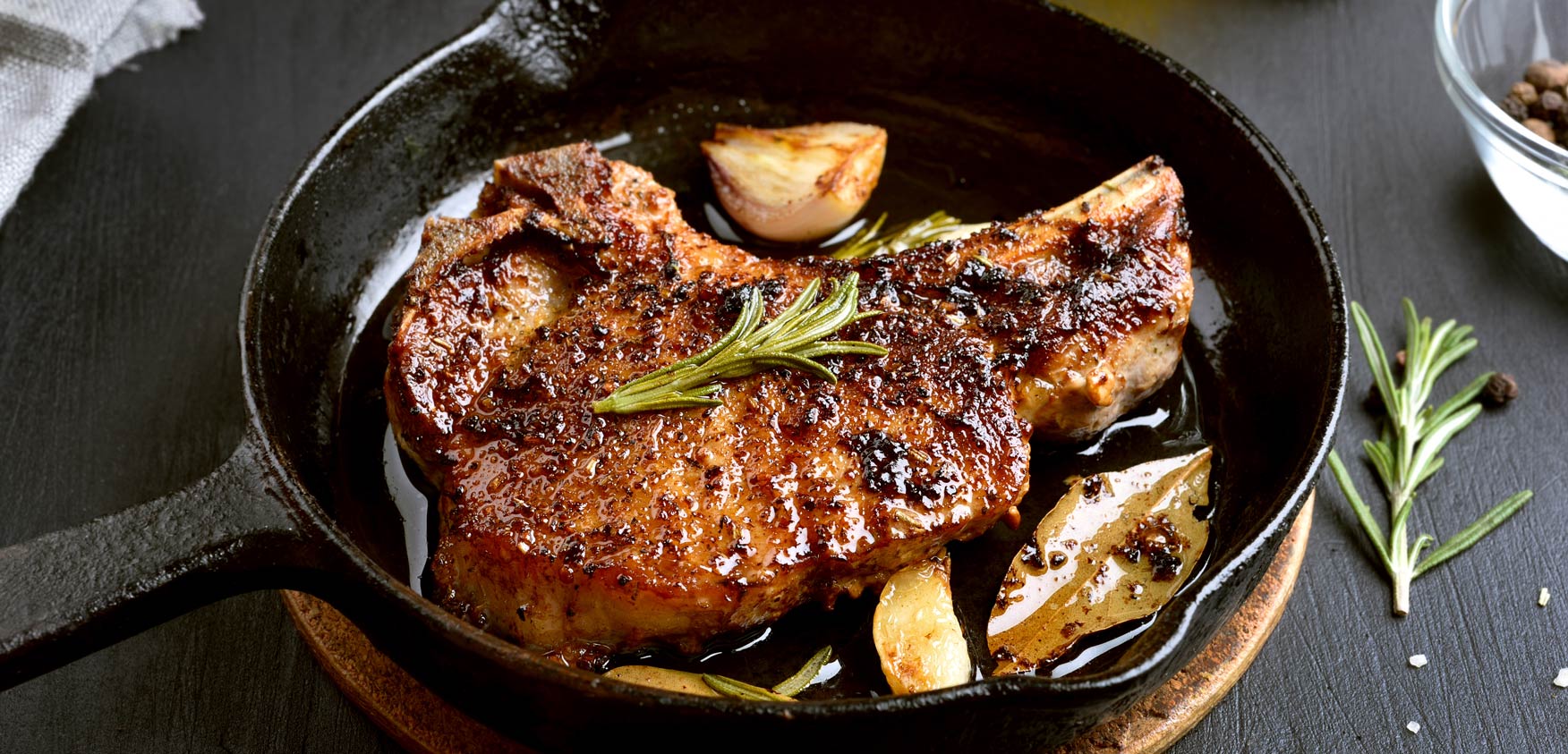The beef industry has shown the way forward. Quality grading, defined breed programs and improved production practices all have led to quality differentiators and price laddering inside the beef category. From Angus to Wagyu, Select to Prime and corn-finished to grass-fed, beef has quality markers that consumers are willing to pay more for.
While the market can develop many ways to achieve this goal – breeding programs, genetics or an improvement to production practices – the industry must first coalesce around what true eating quality is. More research will help define what consumers want and drive a focus on eating quality that propels continuous improvement for consumers. Because consumers are now more interested in how their food is raised, the time is right to engage them in this kind of quality journey.
Bacon is a stellar example of a pork product that has hit the big time. The concept that “pig fat tastes good” has pushed the belly primal to record heights. Consumer acceptance of bacon has driven a decades-long trend of bacon “everything.” It also reinforces that flavor wins when it comes to consumers. Bacon always delivers on flavor and that has driven value. Imagine if that could be done with a pork chop.
The time has come for a dedicated industry focus on pork eating quality from both the industry and the consumer standpoint: What can we accomplish if we invest in the pork loin from the perspective of marketing, branding and consumer communication? With all the positive changes that have happened in the pork industry over the years, a quality eating experience is the next frontier. Our goal should be a truly phenomenal pork chop delivered at a white tablecloth restaurant or enjoyed during a Tuesday evening dinner at home that offers different levels of quality tied to different levels of value.
To achieve this, the industry must focus on a collaboration that is research driven and results in a very defined program for pork quality that consumers will embrace like they have for beef. The beef industry has successfully used quality grading, breed programs and marketing to drive both improved eating quality and value. Ultimately, the pork industry should follow this example so that consumers can choose what works best for them but can always count on an indulgent experience that brings them back for more.

